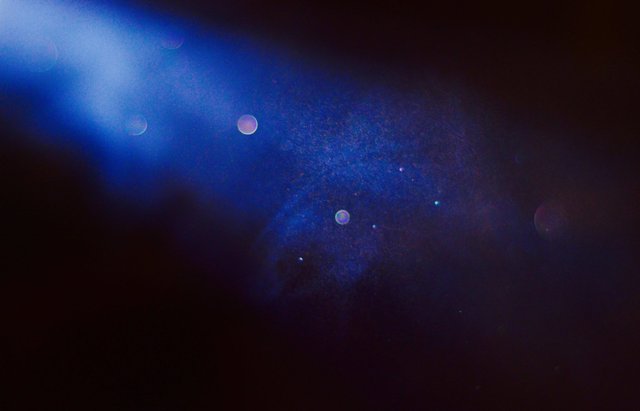Is the Blackmagic Pocket Cinema Camera still king in 2018? Part III

Another innovation that will last a decade? The Sigma 18-35mm F1.8.
The reason is simple. It is as good as using a set of three primes. There are absolutely zero trade-offs for it being a zoom. The aperture is fast. It is constant. It is sharp. Incredibly sharp with Speed Booster. I’m talking Leica and Zeiss sharp wide open and Angenieux Optimo sharp when stopped down just slightly by half a stop.
My advice is to avoid using active Micro Four Thirds lenses on this camera unless you’re prepared for some hassle. Try and use glass with a manual aperture or Speed Booster with the lovely continuously variable Nikon aperture ring on it. Optical image stabilization is the main reason for using Panasonic lenses on this camera, even though I much prefer the look of the Sigma 18-35mm F1.8 on Speed Booster than the 12-35mm F2.8.
I’m not a huge fan of the rather clinical Lumix zooms with OIS. Some of the Panasonic primes like the 20mm F1.7 are pretty on the Pocket, whilst the 14mm F2.5 is a good cheap option. It’s just unfortunate these lack OIS. So why use them? You may as well go for the SLR Magic 12mm and Voigtlander 25mm F0.95 over the Lumix primes in that case, because they have a more cinematic character. Active MFT mount can be adapted to an assortment of lensing dating back to the beginning of photography and/or cinematography and to the latest!
If you are not powering the camera externally with a huge bulky battery and keeping it switched on for hours at a stretch you better get a notepad out so you can set the aperture to the same as the last shot before you powered off, to avoid inconsistent depth of field when shots are intercut later.
Let’s look at the fundamentals, that apply to any cinema camera. The codec is stronger than what Canon will give you for $15,000. The sensor is never ‘too small’ with Speed Booster, it’s much closer to Super 35mm giving you plenty of control over depth of field. Exposure is not a problem even in low light thanks to Speed Booster. The focus is rarely an issue with a peaking system that works far better than on DSLRs and the new loupes coming onto the market. A fast workflow is never a problem with ProRes and Film Convert. An endlessly creative and immersive workflow is also an option if you shoot raw and use Resolve to grade it.
Audio is the only major weakness of the camera. The internal pre-amps are poor, the circuits are noisy, monitoring it is tricky and there’s hardly any audio features. The missing functionality of no audio meters isn’t a deal breaker. it is a Cinema Camera so treat it as such: record audio separately with appropriate quality gear. I’ll record audio separately with a Zoom. (and use a Rode mic for scratch sound/reference). So the onboard microphone and audio quality are of little interest to me.
Raw on this camera is not quite the must-shoot that it is on the BMCC (to gain the 2.5K resolution). That you don’t really need to shoot raw on the Pocket camera is kind of a relief, especially for my hard drives. Note that the ProRes on the BMCC is beautiful. Sharp, flat as hell (very log-c Alexa like) and way easier workflow than raw. So I will end up shooting in ProRes most of the time. The images that come out of this thing rival that of cameras costing 15 times as much. It produces the same crisp, smooth, high-dynamic range footage as the BMCC that is easily manipulated in post to create wonderful images. This camera is great for anyone trying to learn the finer points of color correction. It is as much a learning tool as it is a fully functional cinema camera. This camera begs you to get creative.
There doesn’t seem to be any good way to control shutter speed or Iris easily. To adjust f-stop while shooting you have to use digital stepping with menu buttons about 1/2-1/4 stop at a time. This is very irritating when you are doing hand held shots and transitioning from light to dark areas or indoor to outdoor. Likewise for shutter speed, it uses an angle of sensor adjustment which isn’t quite the same and doesn’t give full shutter speed control like capabilities. Also you have to actually enter the menu to adjust that setting so doing it live during a shot is not even an option. (you wouldn’t want to anyway because of the robotic increments). Great for planned scripted/storyboarded film applications. Less so for action/handheld applications. This camera isn’t for wedding filmmakers but anyone looking to do short films, indie films, music video, etc. this is hands down the best camera you can buy for the price.